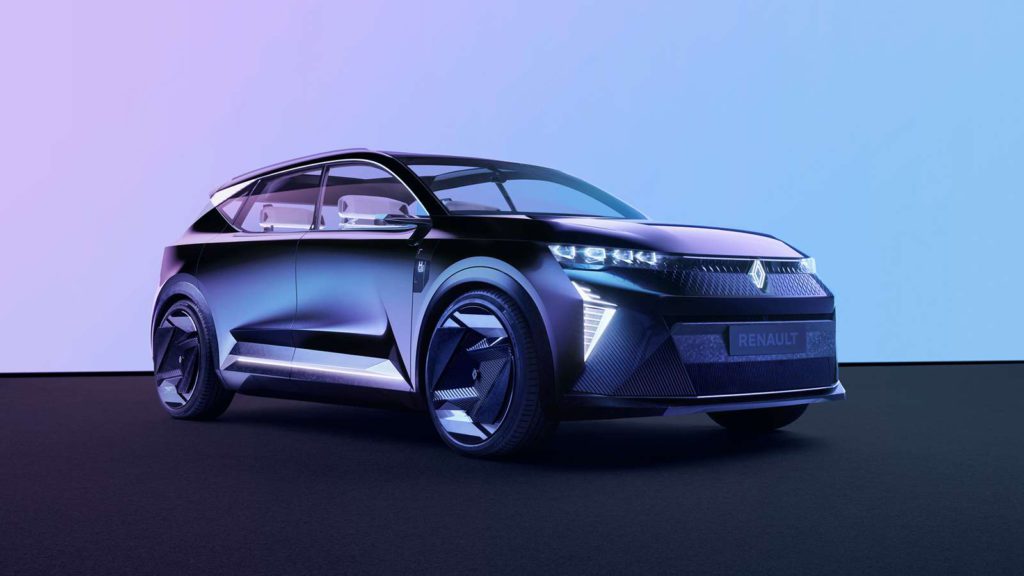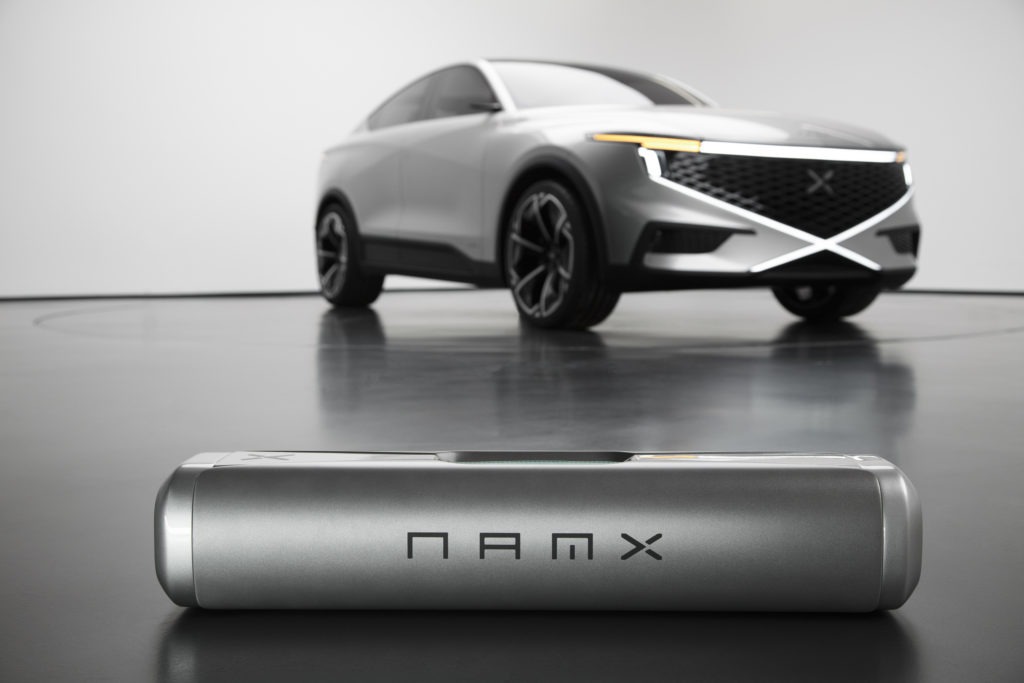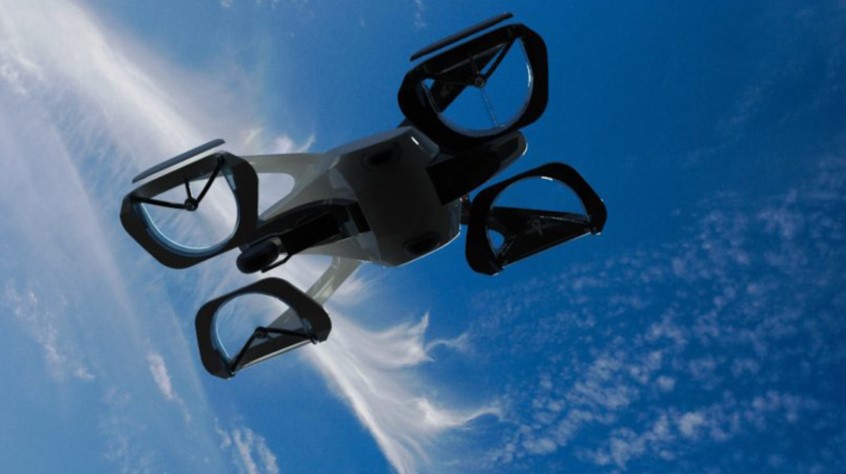Renault’s Scenic Vision concept showcases pioneering electric-hydrogen hybrid powertrain
23 May 2022

Renault has unveiled a concept vehicle with an innovative powertrain configuration as it looks to embark on a major transformation of its automotive business.
The Scenic Vision concept-car was revealed at the ChangeNOW summit in Paris, and features a hybrid mobility system, using both electric and hydrogen, to offer zero-carbon travel. While the industry is to adopting new fuel-systems, and dumping petrol and diesel, the Scenic Vision concept-car is combining two zero-emission powertrain technologies to offer drivers new options.
The French carmaker is shifting away from a volume focus to the creation of economic, environmental, and social value. As part of its Renaulution strategic plan, the company has the aim of becoming carbon neutral in Europe by 2040, and worldwide by 2050.
Combining hydrogen and electric
Currently, plug-in hybrid vehicles use an internal-combustion engine together with a short-range electric drive. However, the Scenic Vision combines an electric-vehicle (EV) platform with a 16kW hydrogen fuel cell. The technology, which Renault calls H2-Tech, is based on range extenders often seen in EVs. Rather than providing propulsion itself, the fuel-cell will charge the EV-battery on the move. This makes it possible for the vehicle to carry a battery that is significantly lighter, which also helps improve range.
Although this is a vision for Renault’s passenger-car line-up, the company is already investing in hydrogen technology through its light commercial-vehicle subsidiary Hyvia – a joint-venture with Plug Power.
The carmaker states that from 2030, once the network of hydrogen stations is large enough in France, drivers will be able to travel up to 800km without stopping to charge the EV-battery. Instead, they would only need to refuel the hydrogen tank, a process that takes around five minutes. This would provide the fuel-cell range extender with enough energy to charge the battery in transit for the maximum range before the need to plug the vehicle in.
A smaller battery also means less material is required in its manufacture. Therefore, the EV-battery in the Scenic Vision is more sustainable than those in other Renault vehicles. The carmaker states the concept has a carbon footprint that is 75% smaller than that of an electric vehicle such as the Megane E-Tech electric. Its battery is up to 60% less carbon-intensive than an equivalent battery, thanks to the use of short loops and low-carbon sourcing of minerals, as well as using low-carbon energy to assemble and produce the battery.
Why is hydrogen important for the automotive industry?
Electric vehicles offer the best current mass-market solution for carmakers and drivers to achieve zero-emission targets. However, it is becoming increasingly clear that they are not suitable for everyone. Range, recharging times, battery weight, and infrastructure issues are some of the barriers to adoption.
Hydrogen propulsion is much less advanced and relies on the development and production of green hydrogen, produced using renewable energy sources. Yet fuel cells are lighter, while refuelling is quicker, equivalent to a petrol or diesel vehicle.
While some carmakers, such as Toyota, are embracing the technology and developing it into passenger and commercial vehicles, others are focused purely on electric powertrains. But as the automotive industry seeks to become zero-emission only, it may not be able to rely on battery-based drivetrains alone.
Sustainable and accessible for all
The Scenic Vision sets out Renault’s plans for the development of future vehicles. It features an eco-inspired design and circular-economy innovations, incorporating over 70% recycled materials. It is also 95% recyclable, meaning it is green from the start of its life to its end.
Onboard technologies offer enhanced safety for drivers and passengers, reducing the number of accidents by up to 70%, according to the manufacturer. The concept’s design also reflects the company’s desire to create a unique car that is accessible and suitable for everyone. The absence of a pillar between the doors and a flat floor facilitate access for people with reduced mobility.
‘Scenic Vision represents a new chapter in the history of Renault Group and for the brand,’ said Gilles Vidal, VP Renault Brand, Design. ‘This concept prefigures the exterior design of the new Scenic 100% electric model for 2024 and the new Renault design language. The interior design is a forward-looking study of future Renault interiors. Scenic Vision provides a suite of technologies and innovations at the service of a more sustainable mobility.’



